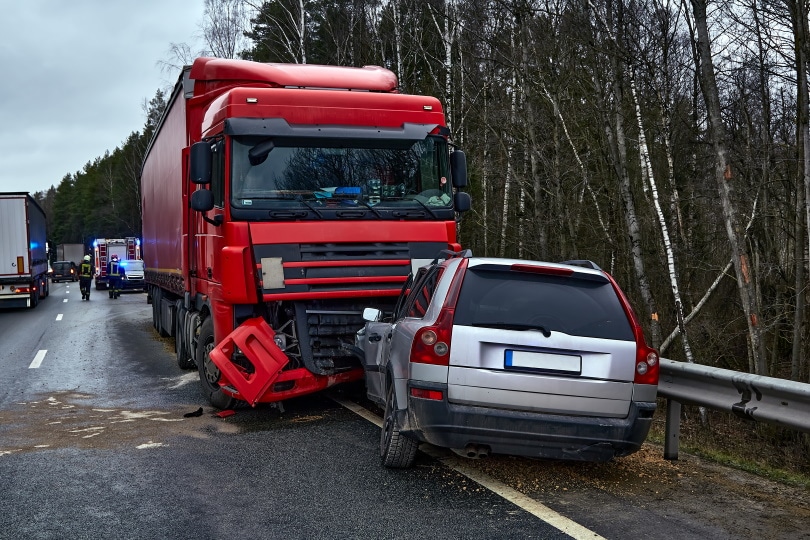How Many People Die in Car Accidents Every Year? (2025 Update)
-
Pete Ortiz
- Last updated:

According to the Association for Safe International Road Travel, about 1.35 million people die in road crashes each year. That translates to about 3,700 people each day. On top of that, 20 to 50 million people suffer from injuries of some sort, some of which lead to long-term disabilities.
More than half of all deaths do not occur by those in the car, but rather vulnerable road users, like pedestrians, cyclists, and motorcyclists. These accidents are the leading cause of death for those aged 5–29, representing a significant loss of life.
That said, 90% of these road fatalities occur in low- to medium-income countries, even though these countries only have 60% of the world’s vehicles. Therefore, many of these deaths would be preventable with the proper laws and road safety.
Road crashes are also the top cause of death for healthy U.S. citizens traveling abroad.
United States Road Crash Statistics
Currently, the U.S. traffic fatality rate is 12.4 per 100,000 people. Generally, this translates to 38,000 deaths each year on U.S. roadways. Furthermore, 4.4 million are injured seriously enough to require immediate medical attention.
In the U.S., road accidents are the leading cause of death for those aged 1-54. They also cause $380 million in medical costs each year, which is extremely significant. That isn’t counting property damage due to the damaged cars either. In secondary economic and societal impacts, all these accidents cost $871 billion to U.S. citizens.
Sadly, accident rates are much higher in the U.S. than in other high-income countries, about 50% higher. Pedestrian and cyclist deaths are also on the rise.

Why Do Road Crashes Occur?
Road crashes occur for a variety of different reasons — they don’t just happen because of bad driving.
For instance, a lack of maintenance on the vehicles often causes accidents, especially old tires. Poor road infrastructure, a lack of road laws, and a lack of enforcement also cause many accidents.
In some cases, a lack of proper post-crash care can cause deaths that wouldn’t have occurred otherwise. These aren’t necessarily caused by the cars themselves, but these deaths are affected by the area in which they occur. This problem may be why lower-income countries tend to have more fatalities in car accidents.
Is There a Way to Stop Crash Fatalities?
There is a program called Vision Zero that seeks to reduce road fatalities to zero. The basis of this project is that even though people make mistakes, all road deaths are preventable. Systems should be in place that ensure that serious injuries and deaths don’t occur just because someone made a mistake. This project was first passed in Sweden, where it has successfully reduced road deaths.
This project uses varying different approaches to actually accomplish its goal. First, speed limits are often set in a way that is safe for pedestrians, as they represent a huge number of vehicle-related deaths. For instance, the highest speed that the average human body can tolerate is 19 mph. Therefore, in urban areas, the speed limit is often set at 19 mph.
Second, well-designed cars can handle a speed of 43 mph for frontal impacts and 31 mph for side impacts. Speed limits are set accordingly.
Related Read: 16 Truck Accident Statistics And Facts

Conclusion
There are currently over 1 million road fatalities every year across the world. Many of these are located in low-and middle-income countries. There are several reasons for this. First, these countries often do not have the infostructure in place to support the amount of traffic that they receive, and vehicles that are not road-worthy are also common. Second, the medical care that people do or don’t receive also plays a role in the number of overall fatalities.
There are many ways to reduce car accident deaths, however. For instance, the Vision Zero project has been utilized in many countries and has generally been successful.
See also: How to Prepare a Car for a Road Trip: 10 Crucial Steps
Featured Image Credit: Pixabay
Contents



